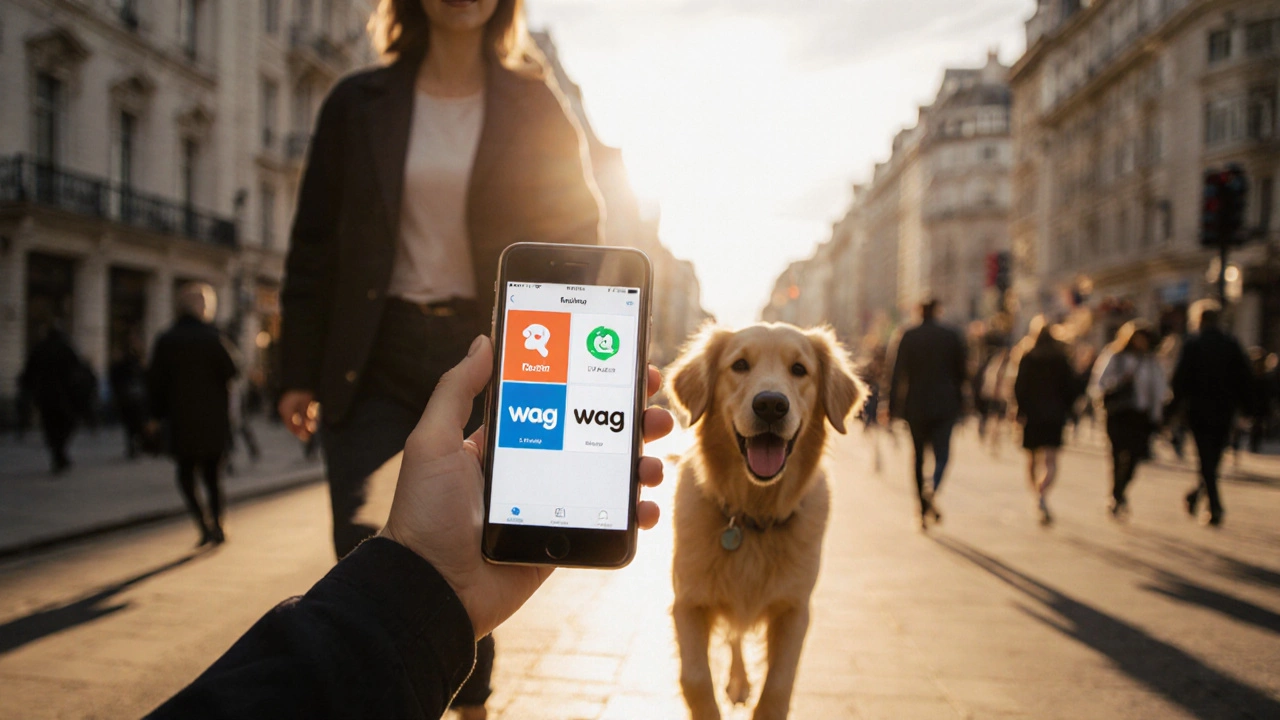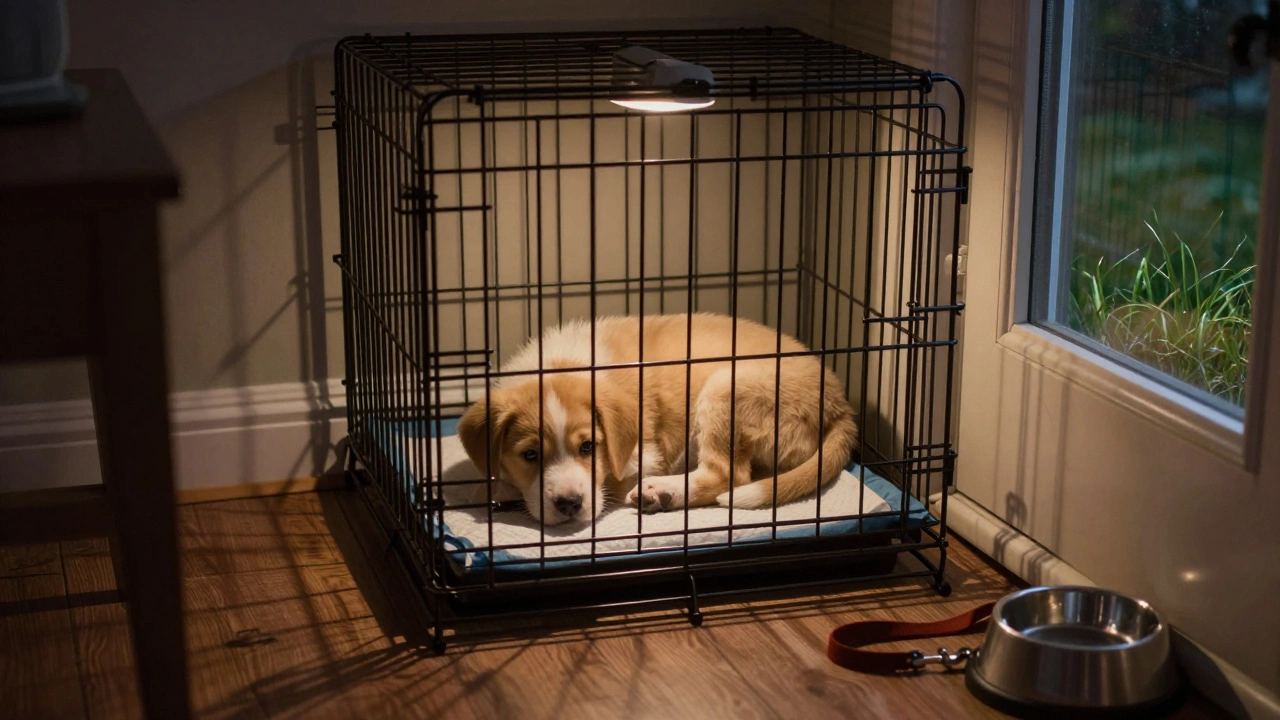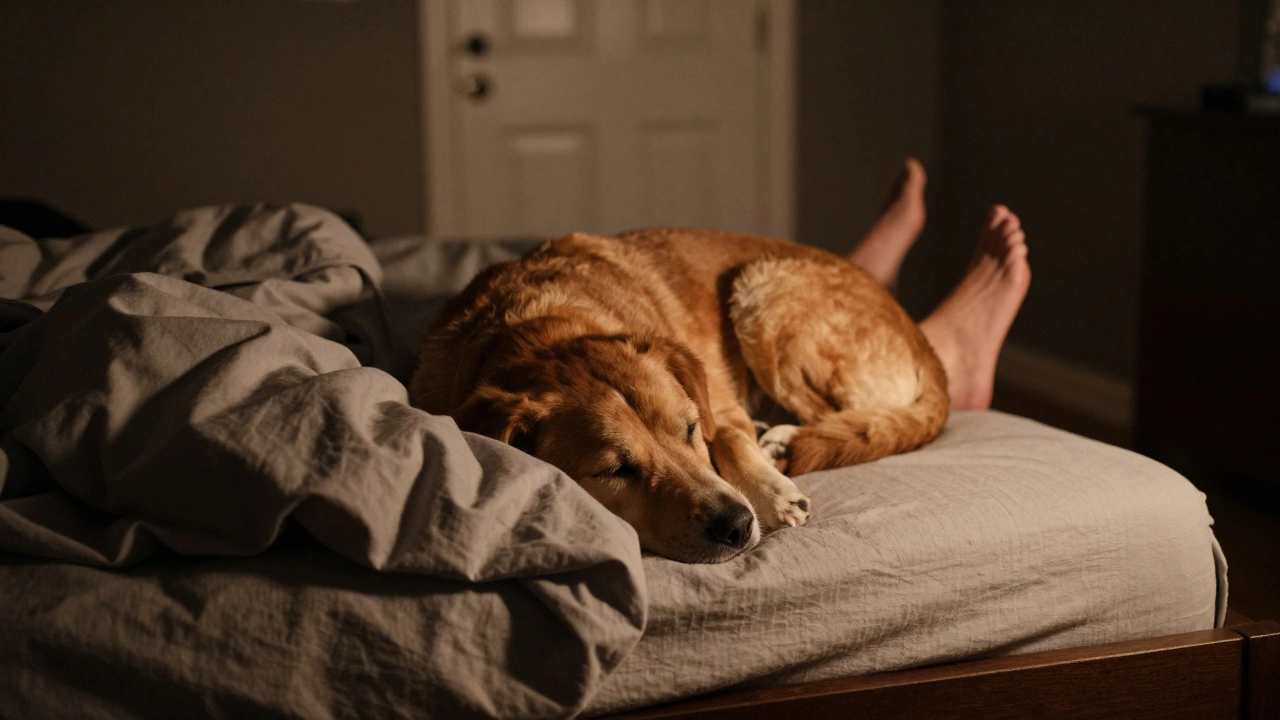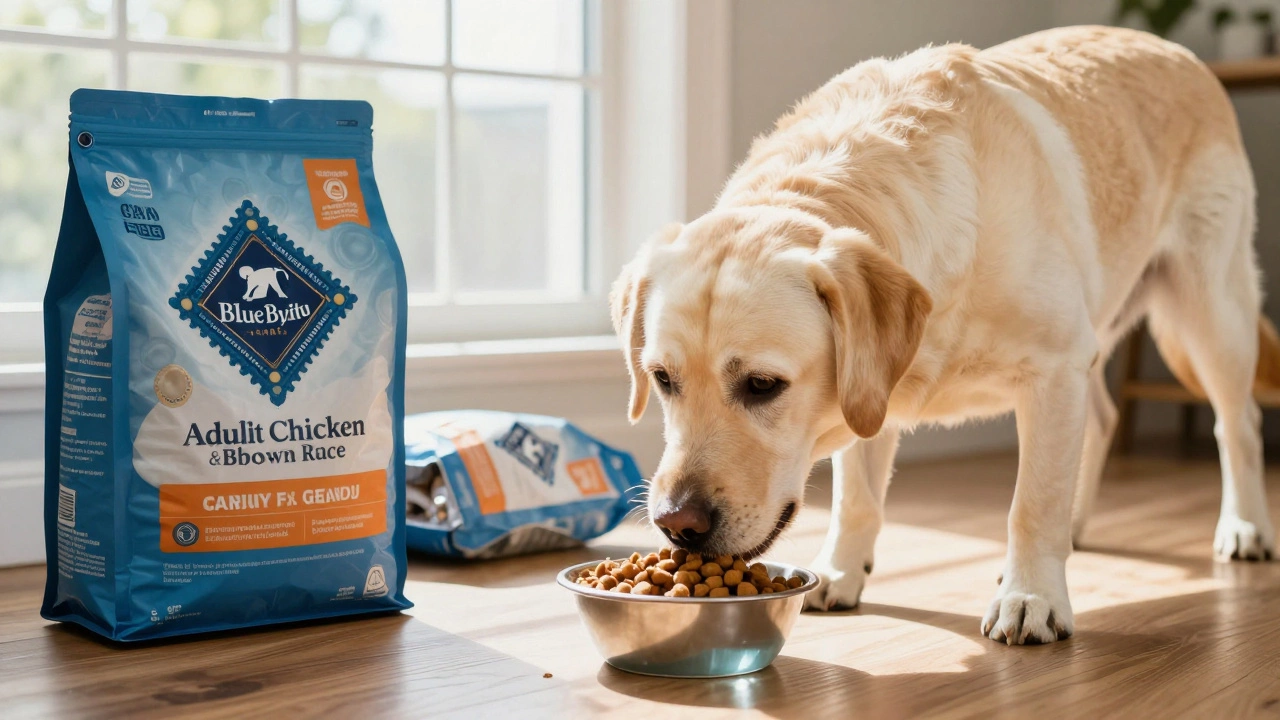Rover vs Wag: A Practical Comparison for Dog Owners
When working with Rover vs Wag, a side‑by‑side look at the two biggest on‑demand pet‑care platforms. Also known as Rover and Wag comparison, it lets owners weigh the options before booking a sitter or walker.
Both services belong to the broader category of online pet service platforms, web‑based marketplaces that connect pet owners with local caregivers. Within that space you’ll find pet sitting, in‑home care that can include feeding, playtime and overnight stays, dog walking, short‑term outings designed to exercise and stimulate a dog, and dog boarding, full‑day or multi‑day stays at a caregiver’s home or a dedicated facility. Understanding how each platform handles these services is key to a fair Rover vs Wag judgment.
Key Factors to Compare
First up is pricing. Rover tends to list a base rate per hour for walking and per night for boarding, then adds a service fee that varies by location. Wag often shows a flat hourly rate but includes a booking fee that can push the total higher in dense urban areas. The pricing structure directly influences a pet owner’s budget, especially if they need frequent walks or long‑term boarding.
Safety and vet verification form the next semantic triple: "Online pet service platforms require caregiver background checks to protect dogs." Rover uses a three‑step verification that includes a photo ID, a criminal background check and a reference check from a veterinary professional. Wag’s process is similar but adds a live video interview with the caregiver. Both platforms let owners read caregiver reviews, but Rover’s review algorithm weights recent feedback more heavily, while Wag highlights the number of completed jobs.
Feature set also matters. Rover’s app lets owners schedule recurring walks, add custom instructions, and stream live video of the walk. Wag offers a "Woof‑Cam" for live video but focuses more on on‑demand bookings, making it faster for last‑minute needs. The app experience influences how easy it is to manage multiple dogs or coordinate with a regular sitter.
Geographic coverage is another practical link: "Rover vs Wag encompasses regional availability." Rover operates in more than 70 countries, with a strong presence in the UK, Canada and the US. Wag is currently limited to the United States, which can be a deal‑breaker for owners outside that market. Availability also affects response times; in densely covered cities both platforms can offer a caregiver within an hour, whereas rural areas may see longer wait periods.
Last, consider trust signals like insurance and guarantees. Rover offers a $1 million liability insurance per booking and a satisfaction guarantee that refunds the session if the caregiver fails to show up. Wag provides a similar insurance cap but adds a "Wag Quality Guarantee" that reimburses the owner if the dog shows signs of stress or injury, provided documentation is submitted.
All these elements—price, safety checks, app features, coverage and guarantees—create a network of relationships that shape the overall experience. By mapping them side by side you can see where each platform shines and where it falls short. Below you’ll find articles that dive deeper into specific topics like supplement choices for dogs, travel tips, grooming costs and more, giving you the wider context you need to decide which service aligns with your dog’s lifestyle and your own peace of mind.
Rover vs Wag: Which Platform Is Better for Dog Walkers and Pet Sitters?
Compare Rover and Wag side‑by‑side to see which pet‑care gig offers better pay, flexibility, safety and support for dog walkers and pet sitters.






